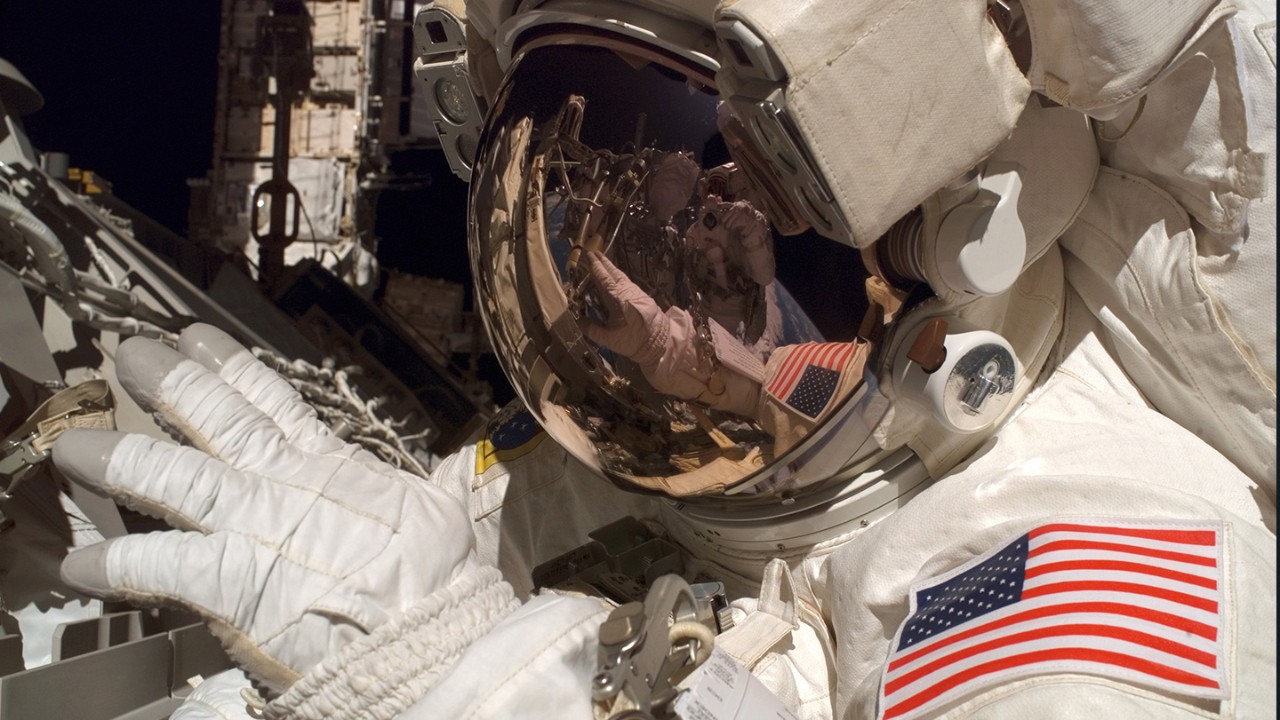The appearance of NASA visual information does not imply or constitute NASA endorsement. Image credit: NASA


The appearance of NASA visual information does not imply or constitute NASA endorsement. Image credit: NASA